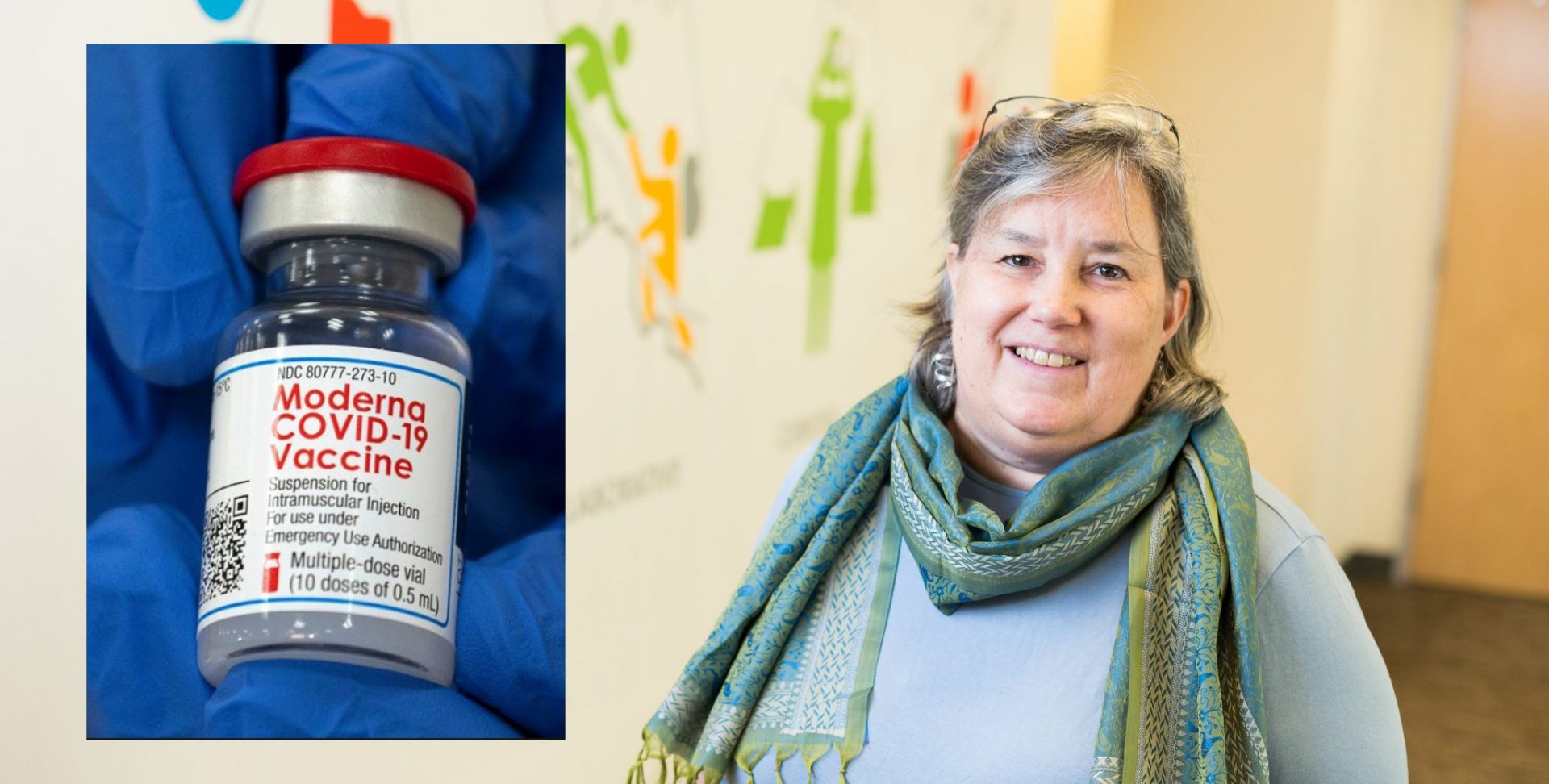How the time was just right for developing a COVID-19 mRNA vaccine

Over 1,450 people attended our webinar with Melissa Moore, Chief Scientific Officer at Moderna Therapeutics, on March 3rd, 2021. In her presentation, Dr. Moore explained how the mRNA vaccine works, and how it was developed in record time of just 45 days. To put an end to this pandemic, she strongly encouraged the audience to get vaccinated, with any vaccine available, as soon as possible.
While we were all stunned by the rapid onslaught of the COVID-19 pandemic, the release of a clinically tested mRNA vaccine in less than a year was just as astounding, sounding almost too good to be true. Yet the speed at which this innovative way of making a vaccine became possible was based on years of cutting-edge RNA research that were ready to be taken to the next level.
Dr. Moore’s talk followed the chronology of the scientific developments that undergirded the pandemic preparedness of Moderna. By the end of 2019, two major scientific papers had been published by Dr. Moore and collaborators. One is about how RNA structure controls the making of proteins [1], and brings insight into the proper design of the mRNA. The other one [2] is about the development of mRNA-filled fat globules (termed LNPs, lipid nanoparticles), and addresses the “packaging for delivery” of the mRNA. At the same time, clinical trials for other mRNA therapeutics were ongoing, providing useful data for the development of an mRNA vaccine. In parallel, in 2016, Moderna invested in a new production plant, which was operational at the end of 2019. Moderna was ready, scientifically and technically, to produce an mRNA vaccine when, early January 2020, the genetic sequence of SARS-CoV-2, the virus that causes COVID-19, was released on the internet.
Regarding new virus variants, Dr. Moore explained that, so far, they all share the same spike protein of the original SARS-CoV-2 virus, which is the protein that the vaccine uses to provoke the immune response against the virus. If mutations should change, Moderna should be able to use the same now-proven technique to recode the mRNA and develop boosters or vaccines within only a few weeks.
Dr. Moore also confirmed that the scientific principles regarding the mRNA vaccines of Moderna and Pfizer/BioNTech are similar. It is the LNP “packaging” of the mRNA that differs, which likely explains the difference in the temperature required to preserve the vaccine.
This event was a tremendous success. Of the over 1,450 people attending, 20% were international, and faculty, postdocs and students represented 75% of the audience. The engagement was also remarkable, with more than 300 questions sent to Dr. Moore.
The MiSciWriters graciously blogged about the event.
The Center is very grateful to Dr. Moore for her extraordinary contribution to the field of RNA and for her virtual presentation at the University of Michigan.
This webinar was organized and hosted by the U-M Center for RNA Biomedicine within the RNA Collaborative Seminar Series.
[1] “mRNA structure regulates protein expression through changes in functional half-life,” David M. Mauger, B. Joseph Cabral, Vladimir Presnyak, Stephen V. Su, David W. Reid, Brooke Goodman, Kristian Link, Nikhil Khatwani, John Reynders, Melissa J. Moore, and Iain J. McFadyen, PNAS, November 26, 2019 116 (48) 24075-24083; first published November 11, 2019; https://doi.org/10.1073/pnas.1908052116 [2] “Optimization of Lipid Nanoparticles for Intramuscular Administration of mRNA Vaccines,” Kimberly J. Hassett, Kerry E. Benenato, Eric Jacquinet, Aisha Lee, Angela Woods, Olga Yuzhakov, Sunny Himansu, Jessica Deterling, Benjamin M.Geilich, Tatiana Ketova, Cosmin Mihai, Andy Lynn, Iain McFadyen, Melissa J. Moore, Joseph J.Senn, Matthew G. Stanton, Örn Almarsson, Giuseppe Ciaramella, Luis A.Brito, Molecular Therapy Nucleic Acids, Volume 15, 15 April 2019, Pages 1-11, https://doi.org/10.1016/j.omtn.2019.01.013
